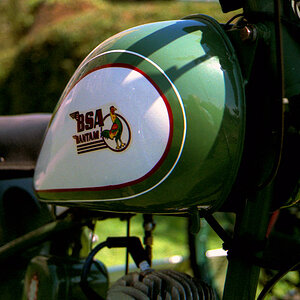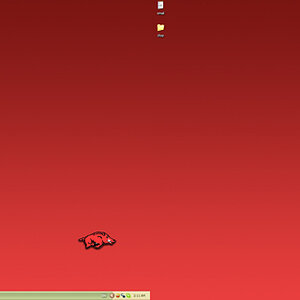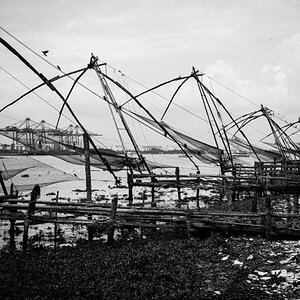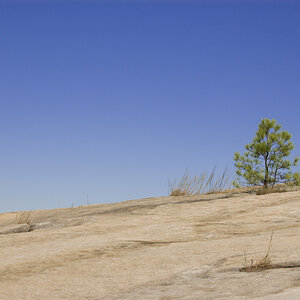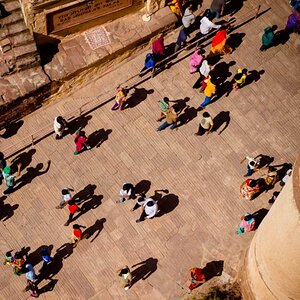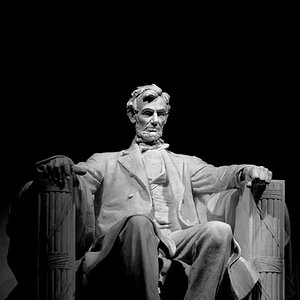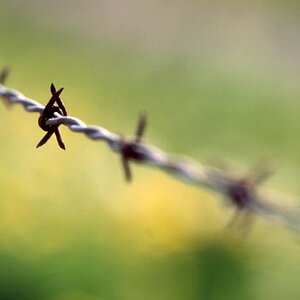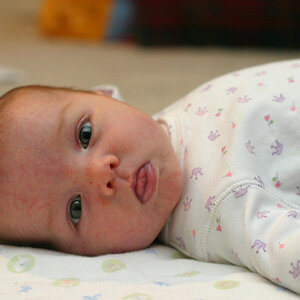dylanstraub
TPF Noob!
- Joined
- Oct 28, 2010
- Messages
- 356
- Reaction score
- 11
- Location
- Delaware
- Can others edit my Photos
- Photos OK to edit
I shot these at Bombay Hook NWR in Delaware and while most didn't come out well these were my first raw shots. I must admit that shooting in this mode does give you more control over the color it could be time consuming for a lot of shots. Anyway, I was somewhat limited as my 100-300 zoom is a bit soft at the higher end. Not to mention that these Heron's are difficult to shoot in the best of conditions. They like to hide in the tall grass where they are somewhat invisible till they take off. So for C+C I want to know if I got the color right. If anyone has experience shooting this kind of wildlife I'd love some tips. Thanks for looking. Oh and if anyone can tell me how to save a copy in jpeg using Elements 8 I'd really appreciate it.
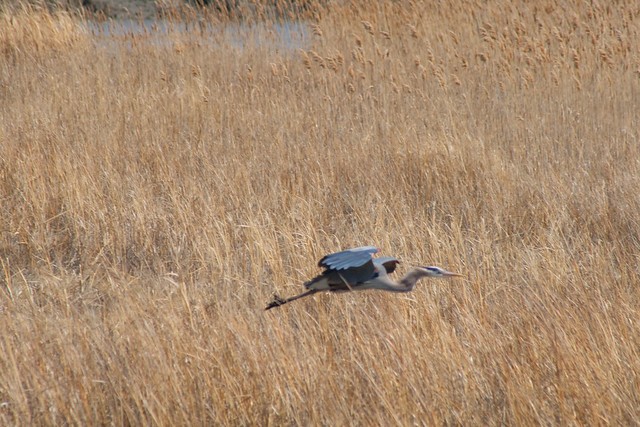
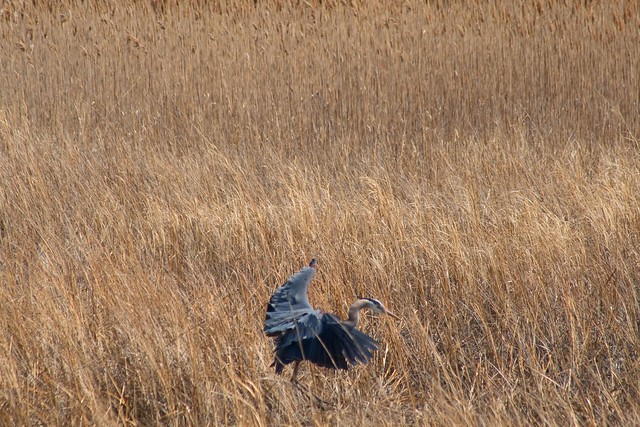




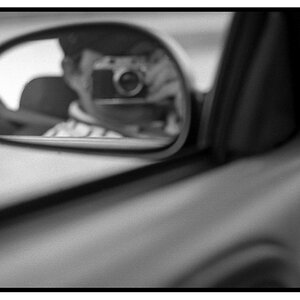
![[No title]](/data/xfmg/thumbnail/35/35952-55c8d42ec1c6ff0e13b45356cbf9c068.jpg?1619737263)
